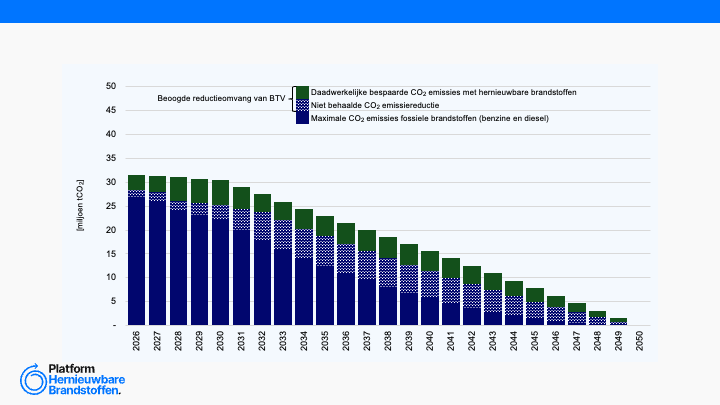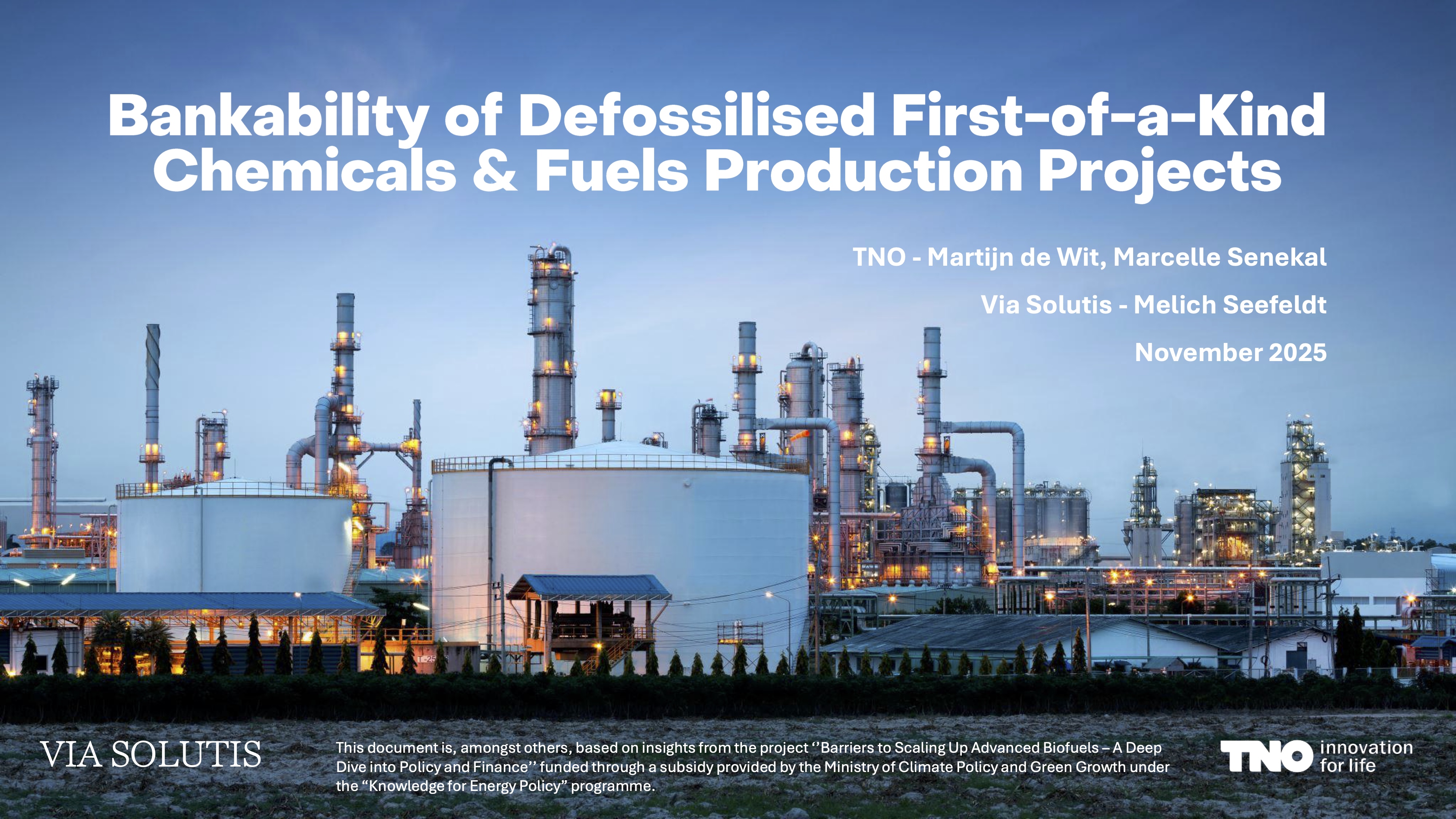Utrecht University & Port of Amsterdam - Thesis: Assessment and comparison of alternative maritime fuels (2021)

Utrecht University & Port of Amsterdam (2021): Thesis - Assessment and comparison of alternative maritime fuels, decarbonisation of Port of Amsterdam
In a published Master Thesis of Thomas van der Maas of Utrecht University, an assessment and comparison of alternative marine fuels is given. This is performed together with the Port of Amsterdam, thus this study specifically focusses on decarbonisation pathways for the Port of Amsterdam.
The greenhouse gas emissions from the shipping sector are likely to grow in a business-as-usual scenario due to increasing shipping volumes. However, with the target of the International Maritime Organisation of reducing the greenhouse gas emissions of at least fifty per cent by 2050 (compared to 2008), the shipping sector needs to decarbonise. Alternative maritime fuels are needed to meet these targets. Port of Amsterdam supports this transition and is now exploring her decarbonisation strategy.
The objective of the research was to set up an analytical framework that analyses the commercial and operational aspects of the most promising alternative fuels for the Amsterdam Port. A multi-criteria analysis has been performed, with the selected criteria of scalability, together with technological, economic, environmental and social-policital criteria. In the study, several maritime fuel experts are interviewed, which resulted in weight factors for the different criteria. Selected fuels are biodiesel (HVO), bio LNG, bio methanol, compressed hydrogen, liquid hydrogen, e-methanol and sodium borohydride.
The study gives good background information on the different alternative fuels and their potential and challenges.
Some outcomes of the multi-criteria analysis are presented below:
- Biodiesel (mainly HVO) is the most promising alternative fuel for coastal and inland vessels in the Amsterdam port in 2030. This is due to low fuel and propulsion costs, together with the fact that it fits perfectly in the current infrastructure of Amsterdam.
- Methanol is a good alternative as it could be sustainably produced via biomass and via hydrogen.
- Bio-methanol is more preferred than e-methanol towards 2030 due to its better availability, higher maturity and lower fuel price. However, as it is expected that towards 2040 electrolysed capacity will increase and production costs for green hydrogen will decrease, it is expected that e-methanol can then be interesting.
- Sodium borohydride is preferred from an environmental and social- political perspective since it is safe; it comes with zero emissions and does not contain carbon.
- Bio LNG could be a successor of fossil LNG but has relatively high production costs, a limited GHG emission reduction potential and flammability hazards.
- Compressed hydrogen and liquid hydrogen are mainly suitable for short-distance coastal and inland shipping purposes due to their low volumetric energy density.
In Figure 2 in the document, an alternative fuel outlook for the Port of Amsterdam is given. This could function as a good example for alternative fuel outlooks for other shipping areas.
Recente artikelen
Analyse brandstoftransitieverplichting

Nederlandse industrieclusters presenteren bidbook: Een basisindustrie om op te bouwen: nu & in de toekomst



